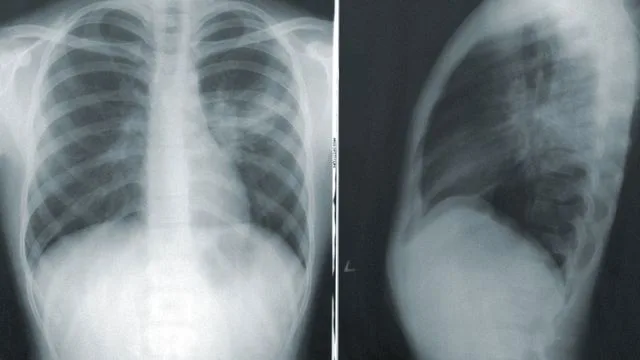Stanford Discovery: Lung Repair Cells Identified
Researchers at Stanford University have made a significant breakthrough in understanding how lungs repair themselves after damage from smoke, viruses, and other respiratory insults. The team has successfully identified specific neuroendocrine cells that play a crucial role in regenerating lung tissue.
The Role of Neuroendocrine Cells
These specialized cells, known as pulmonary neuroendocrine cells (PNECs), act as sentinels within the lung. They release signaling molecules that stimulate nearby stem cells to differentiate and repair damaged alveolar structures. Alveoli are the tiny air sacs in the lungs responsible for gas exchange, and their damage can lead to various respiratory illnesses.
Implications for Treatment
This discovery opens up exciting new avenues for developing treatments for lung diseases, including:
- Chronic obstructive pulmonary disease (COPD)
- Asthma
- Pulmonary fibrosis
- Acute respiratory distress syndrome (ARDS)
How This Research Helps
By understanding the mechanisms by which PNECs promote lung repair, scientists can potentially develop therapies that:
- Enhance the activity of existing PNECs
- Transplant healthy PNECs into damaged lungs
- Develop drugs that mimic the signaling molecules released by PNECs
Next Steps in Research
The Stanford team is now focusing on:
- Identifying the specific signaling pathways involved in PNEC-mediated lung repair.
- Developing methods to expand and transplant PNECs.
- Testing the efficacy of PNEC-based therapies in animal models of lung disease.
Final Words
This groundbreaking research provides valuable insights into the lung’s natural repair mechanisms. It offers hope for the development of novel and effective treatments for a wide range of debilitating lung conditions, ultimately improving the quality of life for millions affected by respiratory illnesses.




+ There are no comments
Add yours